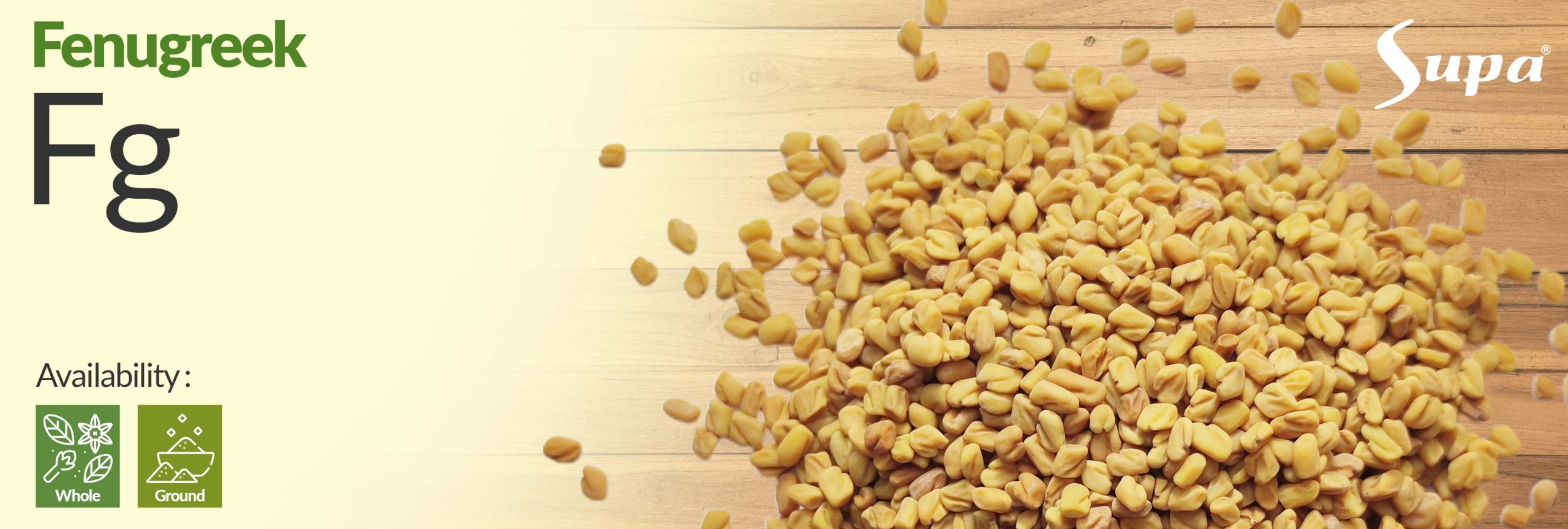
The storied history of fenugreek spans millennia, with the oldest seeds discovered at an archaeological site in Iraq, dating back to 4000 BCE. Even in the ancient world, fenugreek held importance; its seeds were found within the tomb of the Egyptian pharaoh Tutankhamen, reflecting the esteem it garnered as a panacea in Egyptian society. As time progressed, fenugreek’s reach expanded to the Roman Empire, where it became such a common crop that it was used as fodder for cattle. Its name, derived from the Latin term for “Greek hay,” underscores its broad usage.
Mention of fenugreek’s role as a spice crop appeared in the writings of the Greek physician Dioscorides in the 1st century CE, further highlighting its multifaceted applications. This versatility extended to cultural rituals, as it became an integral component of a ritual perfume used in athletic games held by the Syrians in the following century. As the Middle Ages unfolded, fenugreek transcended its medicinal role, gaining prominence as a cultivated herb in European gardens. This marked its growing association with culinary and cultural traditions across the globe.
In modern times, fenugreek’s impact on global cuisine is undeniable. It is a frequent feature in Iranian, West Asian, Indian, and Sri Lankan cooking, adding a distinct flavor profile to these diverse culinary landscapes. Fenugreek’s journey around the world was further facilitated by its inclusion in commercial curry powder, where it plays a pivotal role. The long and intricate history of fenugreek illustrates its enduring appeal as both a spice and a symbol of human innovation and cultural interplay.
Flavor: Fenugreek seeds have a complex flavor profile that combines elements of bitterness, nuttiness, and a subtle sweetness. The taste of fenugreek is often described as slightly earthy and reminiscent of maple syrup. Taste: When consumed, fenugreek seeds deliver a mildly bitter taste with a lingering sweetness. The bitterness is less pronounced in cooked dishes, and the sweetness becomes more apparent, adding a distinctive and delightful taste to various recipes. Aroma: Fenugreek seeds have a warm and aromatic scent with hints of maple syrup or curry. The aroma of fenugreek becomes more pronounced when the seeds are toasted or ground, releasing their fragrant compounds.
Culinary Spice: Fenugreek seeds and leaves are used as a spice in cooking to add a unique flavor to various dishes. Fenugreek seeds are often used in spice blends, while the leaves, known as methi, are used as a fresh herb in Indian and Middle Eastern cuisines. Indian Cuisine: Fenugreek is a prominent spice in Indian cooking and is used in a wide range of dishes, including curries, dals, pickles, and spice blends like garam masala. Herbal Tea: Fenugreek seeds are sometimes used to make herbal tea, often steeped with other herbs for added flavor and potential health benefits. Ayurvedic Medicine: In Ayurveda, fenugreek is used for its potential medicinal properties and is believed to aid digestion, regulate blood sugar levels, and improve lactation in nursing mothers. Sprouts: Fenugreek seeds are sprouted to produce fenugreek sprouts, which are used as a fresh garnish in salads, sandwiches, and wraps. The sprouts have a slightly bitter taste, adding a unique element to dishes.
Origin : India Botanical Name : Trigonella foenum-graecum Composition : Fenugreek Seeds Color : Yellow Moisture Content : Max 10% Shelf Life : 12 Months Loadability : 20 FCL Package : Carton Packing *For more detailed specifications, please feel free to contact us.
Company Profile Brochure PDF


